Das 11. internationale Akkordeonfestival „Akkordeon Frühling“ präsentierte bei seinem Gala-Konzert im Kammermusiksaal der Berliner Philharmonie vier Weltpremieren für Akkordeon und andere Instrumente, begleitet vom PANTONALE Kammerorchester unter der Leitung von Miran Vaupotić: Mikołaj Majkusiaks „Pictures from the Darkness“, Wladislaw Solotarjows „Martin Eden“, Gorka Hermosas „Hope“ und Roberto Molinellis „Visionen aus dem Sonnenland“. Gespielt wurden diese und weitere Werke von Viktor Vlasov („Jazz-Konzert“) und Arkady Shilkloper („Pilatus“, „Phiga“) von internationalen Solist*innen: Radu Ratoi, Gorka Hermosa, Volodymyr Murza, Anna Lipkind-Mazor, Dmitri Prokowjew, Roberto Molinelli, Daniel Roth, Andrii Murza und Arkady Shilkloper
Mehr als ein halbes Jahrhundert wartete das Publikum auf die konzertante Aufführung von Wladislaw Solotarjows »Martin Eden«. Nun fand endlich die Uraufführung dieses dramatischen Gedichts für Bratsche und Streichorchester statt. Der Komponist gilt als Begründer des modernen Originalrepertoires für Akkordeon. Man kann nur hoffen, dass die »Martin Eden« Premiere auch das Interesse am Werk Solotarjows – eines der außergewöhnlichsten russischen Komponisten der zweiten Hälfte des 20. Jahrhunderts – neu entfacht.
Mikołaj Majkusiaks Werk »Bilder aus der Dunkelheit« ist ein Kompositionszyklus, inspiriert von ausgewählten Gemälden, die die dunkle Seite der menschlichen Psyche, die Hoffnungslosigkeit des Krieges, unnötige menschliche Tragödien und psychische Zustände im Zusammenhang mit schweren emotionalen Störungen thematisieren. Es handelt sich um ein von einem Streichorchester begleitetes Tripelkonzert, eine Art Zyklus von Konzertminiaturen. Der erste Teil »Grave« bezieht sich auf das Gemälde »Blind Man in Belsen«, das der australische Maler Alan Moore 1947, zwei Jahre nach der Befreiung des KZ Bergen Belsen gemalt hat. Er verarbeitet darin, was er als offizieller Kriegskünstler zum Ende des zweiten Weltkriegs sah und erlebte. Der zweite Teil »Feroce« ist inspiriert von Edvard Munchs wohl berühmtestem Bild »Der Schrei« aus dem Jahr 1910. Salvador Dalís 1940 geschaffenes Bild »The Face of War« ist die bildnerische Grundlage für den dritten Teil »Infernale«. Majkusiaks Werk endet mit dem vierten Teil »Con fuoco«, das von dem Bild »AA80« des polnischen Malers Zdzisław Beksiński aus dem Jahr 1980 ausgeht.
Gorka Hermosas »Peace Dream« ist ein Werk für drei Akkordeonsolisten und Streichorchester, das auf zwei traditionellen Melodien basiert: der ukrainischen »веснянка« (Sommersprosse) und der russischen »утушка луговая« (Wiesenente), die im Laufe des Stücks auf unterschiedliche Weise miteinander in Beziehung treten: Kampf, Liebe, Hass, Krieg, Hoffnung … Der erste Satz »Friedenstraum« beschreibt, was geschah (bessere Zeiten in der Vergangenheit, Krieg und Hoffnung in der Gegenwart), der zweite Satz »Meditatio« reflektiert die Irrationalität menschlicher Gewalt, und der dritte »Uomo infernale e gentile« enthüllt die zwei gegensätzlichen Gesichter unserer Spezies (höllisch und freundlich) und regt zum Nachdenken an. Während im letztjährigen PANTONALE Festival das vollständige Werk zu hören war, kam dieses Mal nur der erste Satz zur Aufführung.
In Gorka Hermosas jüngster Komposition »Hope«, die als Abschluss des »Peace Dream«-Konzerts verstanden werden kann, obgleich sie ein eigenständiges Werk ist, klingt die Hymne aus Beethovens 9. Sinfonie an und kündet von Frieden und Hoffnung. Der Chor, der den Text Friedrich Schillers singt, vermittelt eindringlich die Hoffnung auf Frieden. In »Hope« entsteht aus den beiden zuvor erwähnten Melodien, der ukrainischen und der russischen, mithilfe dieses Chorgesangs eine geradezu mystische Atmosphäre, die an Holsts »Neptun« erinnert.
Roberto Molinellis »Visionen aus dem Sonnenland« ist eine zweisätzige Komposition für Akkordeon, Schlagzeug und Streichorchester, inspiriert von der guten Stimmung, den Tänzen und nostalgischen Gefühlen einer Reise durch Süditalien, wo in vielen Gegenden der Lebensstil noch immer ›glücklich eingefroren‹ scheint, fast wie vor 50 Jahren. In der Komposition klingt die Hoffnung an, dass die moderne und zukünftige Zeit die verlorene Leichtigkeit wiedererlangen werde, erleuchtet und erwärmt von den Sonnenstrahlen der Gelassenheit und des Friedens. Eine »Romanze«, lyrisch entwickelt wie ein emotionaler Gesang aus der Seele, gefolgt von einer rasanten, virtuosen »Tarantella«, erkundet musikalisch die vielfältigen Eigenheiten des Solisten und des Orchesters und entführt das Publikum in ein »Sonnenland« voller Lächeln, voller Hoffnung und dem Willen, diese gemeinsam zu teilen.
A U S D E R D U N K E L H E I T A N S L I C H T
Bewusst sind die vier Uraufführungen des Gala-Konzerts in einer Reihenfolge angeordnet, die von der düsteren, verzweifelten Stimmung Majkusiaks über die zwar zunächst von Krieg und Kampf überschatteten, aber doch hoffnungsvollen Töne in Hermosas Werken hin zu Molinellis »Sonnenland« führen.
Der Titel des Festivals »Akkordeon-Frühling«, das zwei Tage nach dem offiziellen Frühlingsanfang am 22. März mit einem Konzert in der Jesus-Christus-Kirche begann, erfüllt sich damit gleichermaßen in zwei Hinsichten: Hier werden neue, noch nie gehörte Werke für Akkordeon und Orchester uraufgeführt und lassen damit das Instrument aufs Neue erblühen. Mit der Schönheit dieser Musik möchte der PANTONALE e.V. das Publikum begeistern und mit der Kraft aus diesem Neubeginn das Jahr des Akkordeons 2026 vorbereiten. Hier wird aber auch einmal mehr fühlbar, was Frühling bedeutet. Die Dunkelheit und Kargheit des Winters, die Schwermut, Verzweiflung und Not währt nicht für immer. Mit dem Frühling wird der Winter überwunden und alles Schöne erblüht erneut. Der Frühling ist die Hoffnung.
Weitere Informationen zu den Musiker*innen, der Zielsetzung des Vereins und früheren Festivals: www.pantonale.com
Link zum Abschlusskonzert in der Jesus Christus Kirche:
https://www.youtube.com/live/sEf3dDas5nA?si=AVVpO9yNbPeawwVz
The 11th International Accordion Festival „Accordion Spring“ presented four world premieres for accordion and other instruments at its gala concert in the Chamber Music Hall of the Berlin Philharmonic, accompanied by the PANTONALE Chamber Orchestra under the direction of Miran Vaupotić: Mikołaj Majkusiak’s „Pictures from the Darkness“, Vladislav Solotaryov’s „Martin Eden“, Gorka Hermosa’s „Hope“ and Roberto Molinelli’s „Visions from Sunland“. These and other works by Viktor Vlasov („Jazz Concert“) and Arkady Shilkloper („Pilatus“, „Phiga“) were performed by international soloists: Radu Ratoi, Gorka Hermosa, Volodymyr Murza, Anna Lipkind-Mazor, Dmitri Prokoviev, Roberto Molinelli, Daniel Roth, Andrii Murza and Arkady Shilkloper.
The audience has been waiting for more than half a century for the concert performance of Vladislav Solotaryov’s „Martin Eden“. Now, the premiere of this dramatic poem for viola and string orchestra has finally taken place. The composer is considered the founder of the modern original accordion repertoire. One can only hope that the „Martin Eden“ premiere will also rekindle interest in the work of Solotaryov – one of the most extraordinary Russian composers of the second half of the 20th century.
Mikołaj Majkusiak’s work „Images from the Darkness“ is a cycle of compositions inspired by selected paintings that address the dark side of the human psyche, the hopelessness of war, unnecessary human tragedies, and psychological states associated with severe emotional disturbances. It is a triple concerto accompanied by a string orchestra, a kind of cycle of concert miniatures. The first part, „Grave“, refers to the painting „Blind Man in Belsen“, painted by the Australian painter Alan Moore in 1947, two years after the liberation of the Bergen-Belsen concentration camp. In it, he processes what he saw and experienced as an official war artist at the end of the Second World War. The second part, „Feroce“, is inspired by Edvard Munch’s arguably most famous painting, „The Scream“ from 1910. Salvador Dalí’s 1940 painting „The Face of War“ provides the artistic basis for the third part, „Infernale“. Majkusiak’s work ends with the fourth part, “Con fuoco”, which is based on the painting “AA80” by the Polish painter Zdzisław Beksiński from 1980.
Gorka Hermosa’s „Peace Dream“ is a work for three accordion soloists and string orchestra based on two traditional melodies: the Ukrainian „веснянка“ (freckle) and the Russian „утушка луговая“ (meadow duck), which relate to each other in different ways throughout the piece: struggle, love, hate, war, hope… The first movement, „Peace Dream“, describes what happened (better times in the past, war and hope in the present), the second movement, „Meditatio“, reflects on the irrationality of human violence, and the third, „Uomo infernale e gentile“, reveals the two opposing faces of our species (hellish and friendly) and is thought-provoking. While the complete work was heard at last year’s PANTONALE Festival, only the first movement was performed this time.
In Gorka Hermosa’s latest composition, „Hope“, which can be seen as the conclusion of the „Peace Dream“ concert, although it is a standalone work, the hymn from Beethoven’s 9th Symphony echoes, proclaiming peace and hope. The choir, singing Friedrich Schiller’s text, powerfully conveys the hope for peace. In „Hope“, the two aforementioned melodies, the Ukrainian and the Russian, combine with this choral singing to create an almost mystical atmosphere reminiscent of Holst’s „Neptune“.
Roberto Molinelli’s „Visions from Sunland“ is a two-movement composition for accordion, percussion, and string orchestra, inspired by the good mood, the dancing, and the nostalgic feelings of a journey through southern Italy, where in many areas the lifestyle still seems ‚happily frozen‘, almost as it was 50 years ago. The composition echoes the hope that modern and future times will regain their lost lightness, illuminated and warmed by the sun’s rays of serenity and peace. A „romance“ lyrically developed like an emotional song from the soul, followed by a rapid, virtuoso „tarantella“ musically explores the diverse idiosyncrasies of the soloist and orchestra, transporting the audience to a „sunland“ full of smiles, hope, and the desire to share them together.
FROM DARKNESS TO LIGHT
The four premieres of the gala concert are deliberately arranged in a sequence that leads from the gloomy, despairing mood of Majkusiak, through the hopeful tones of Hermosa’s works, initially overshadowed by war and fighting, to Molinelli’s „Sunland“.
The title of the festival, „Accordion Spring“, which began two days after the official start of spring on March 22nd with a concert at the Jesus Christ Church, thus fulfills two equally important aspects: New, never-before-heard works for accordion and orchestra will be premiered here, allowing the instrument to blossom again. With the beauty of this music, PANTONALE e.V. aims to inspire the audience and, with the power of this new beginning, prepare for the Year of the Accordion 2026. Here, however, the meaning of spring can also be felt once again. The darkness and barrenness of winter, the melancholy, despair, and hardship, do not last forever. With spring, winter is overcome, and all that is beautiful blooms again. Spring is hope.
Further information about the musicians, the association’s mission and previous festivals:
Link to the closing concert at the Jesus Christ Church:
https://www.youtube.com/live/sEf3dDas5nA?si=AVVpO9yNbPeawwVz
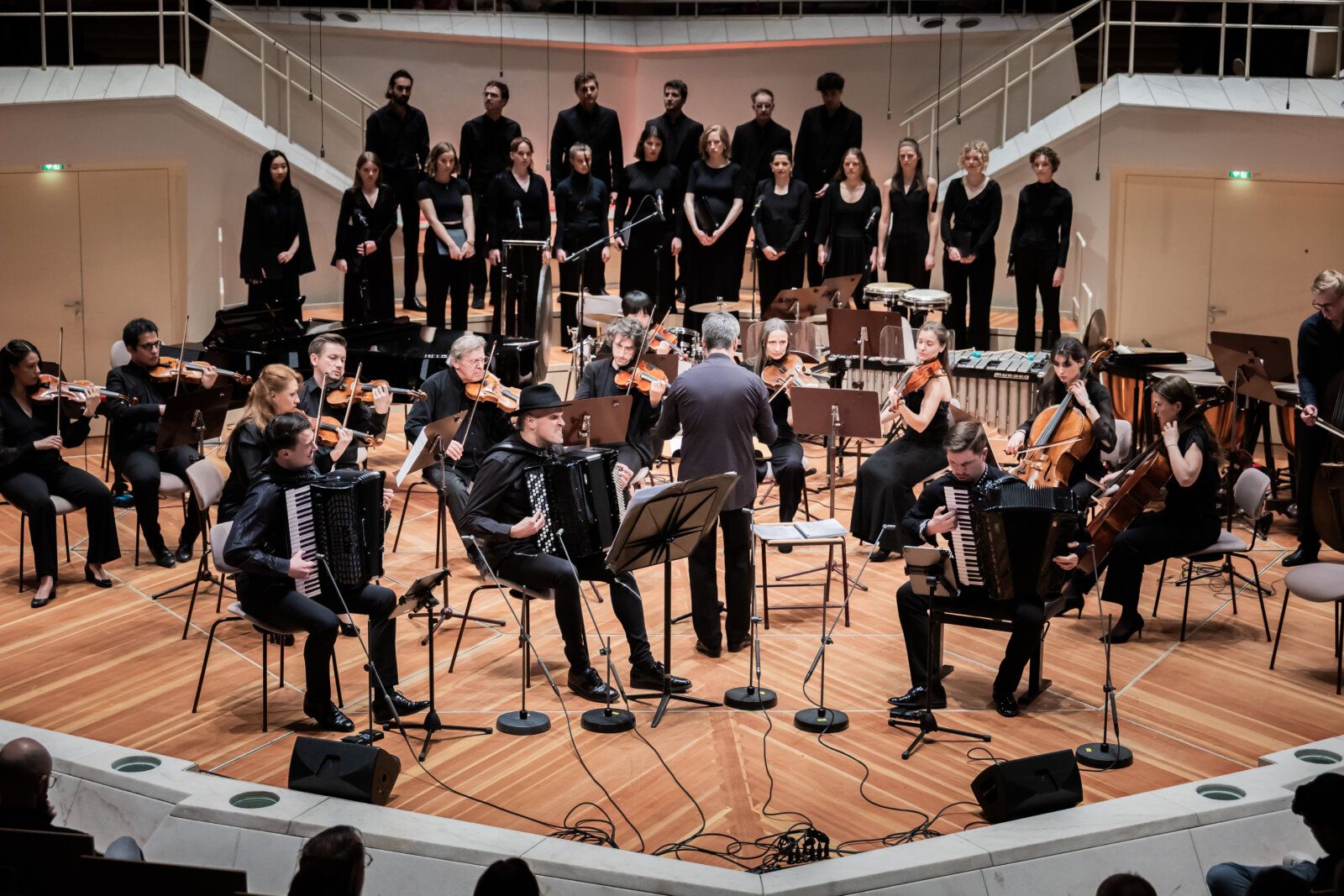
PANTONALE FESTIVAL 2025 – AKKORDEON-FRÜHLING
Foto: Christoph Soeder

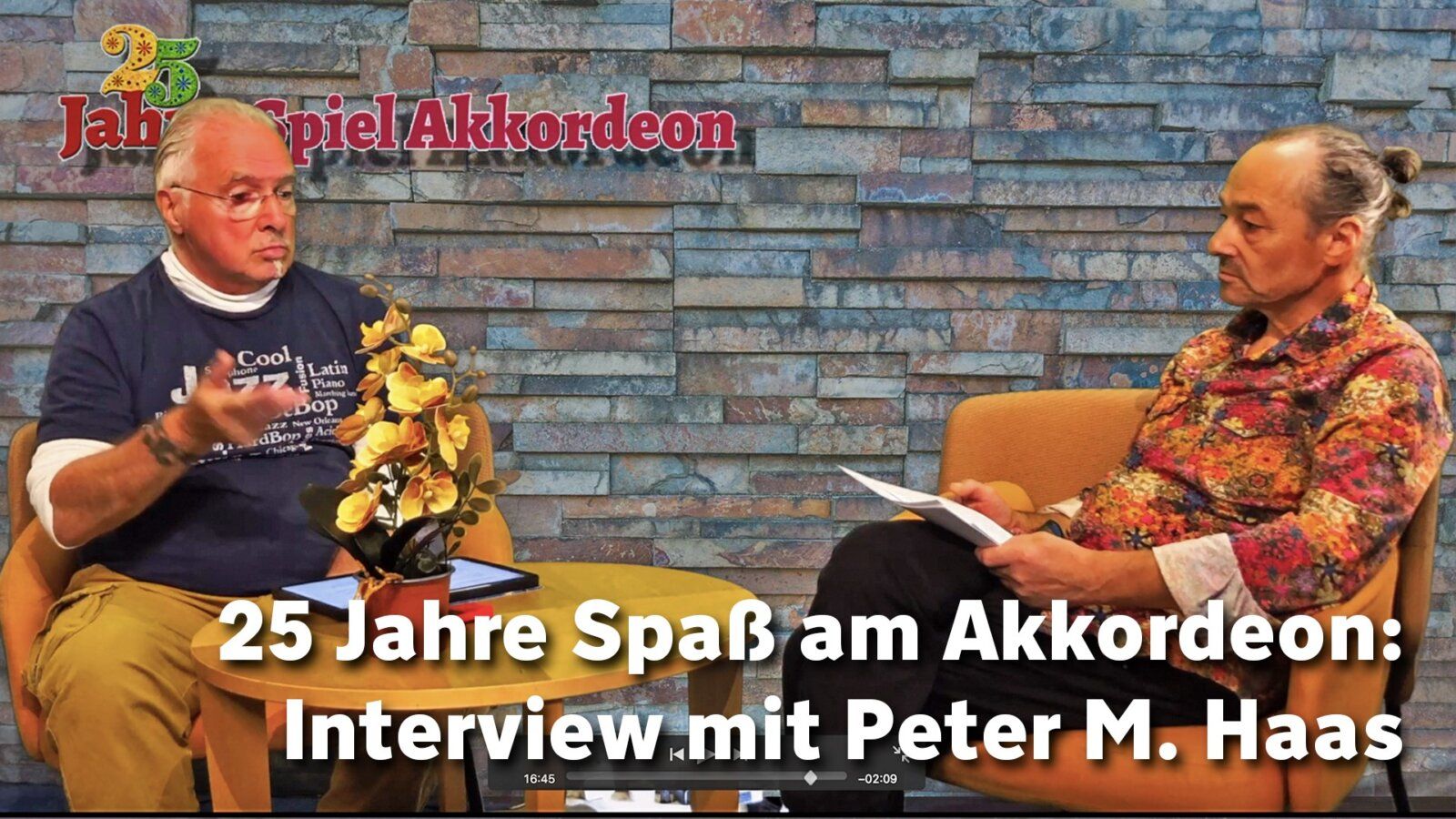
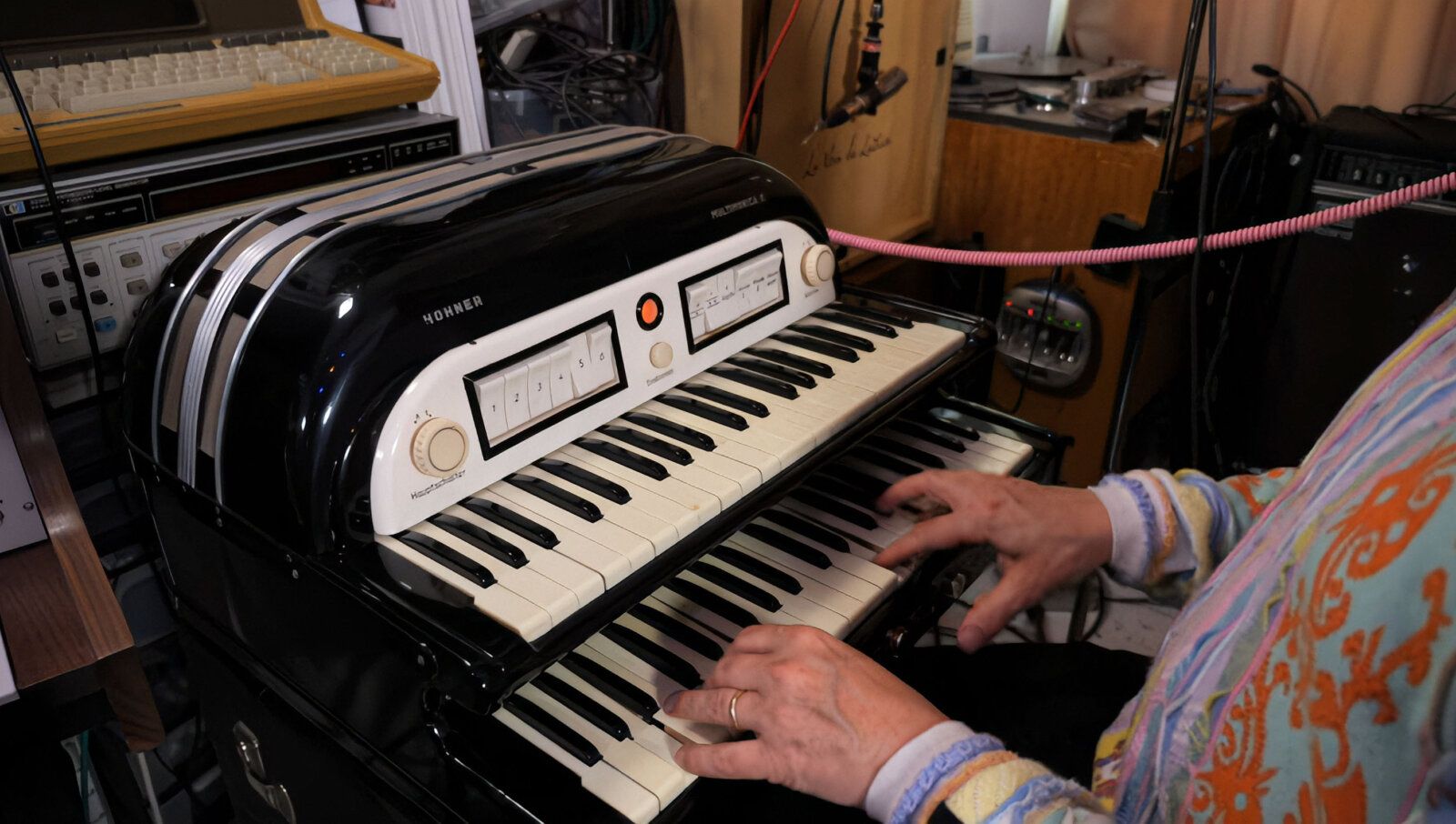
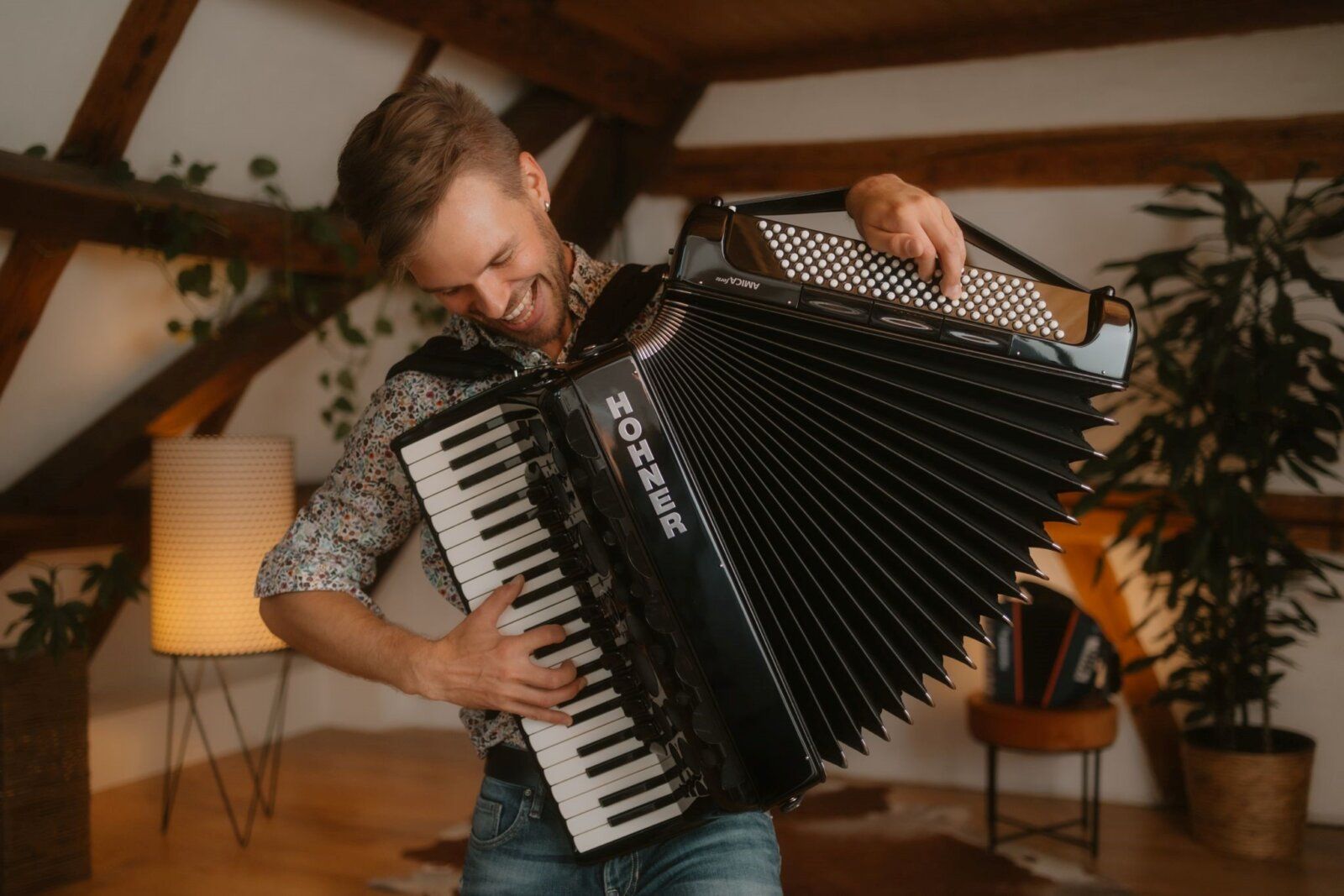



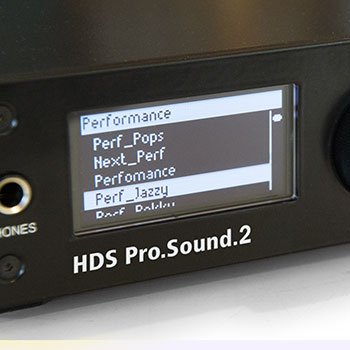
0 Kommentare